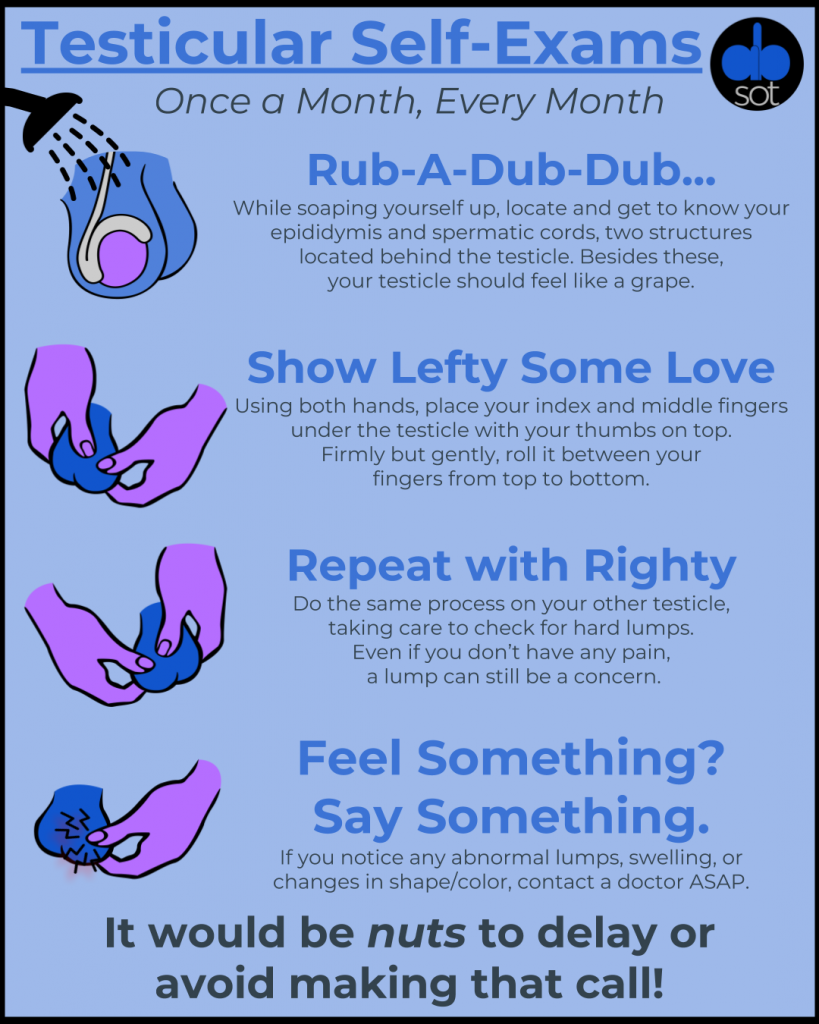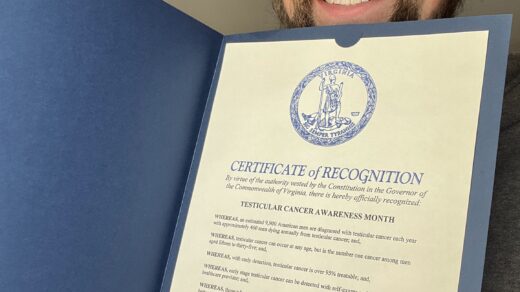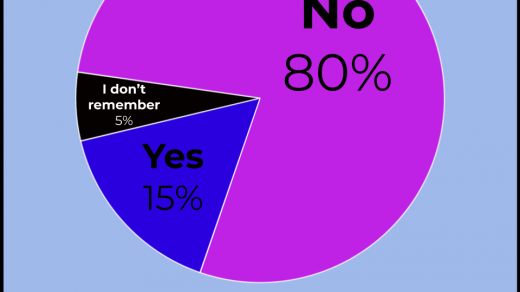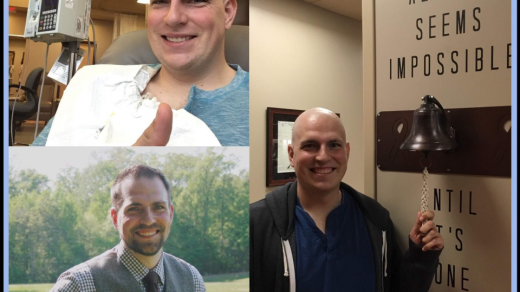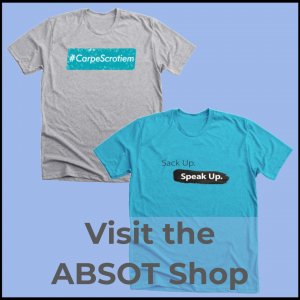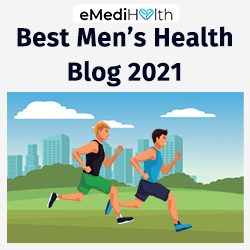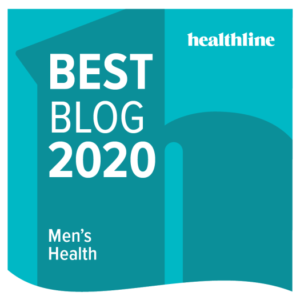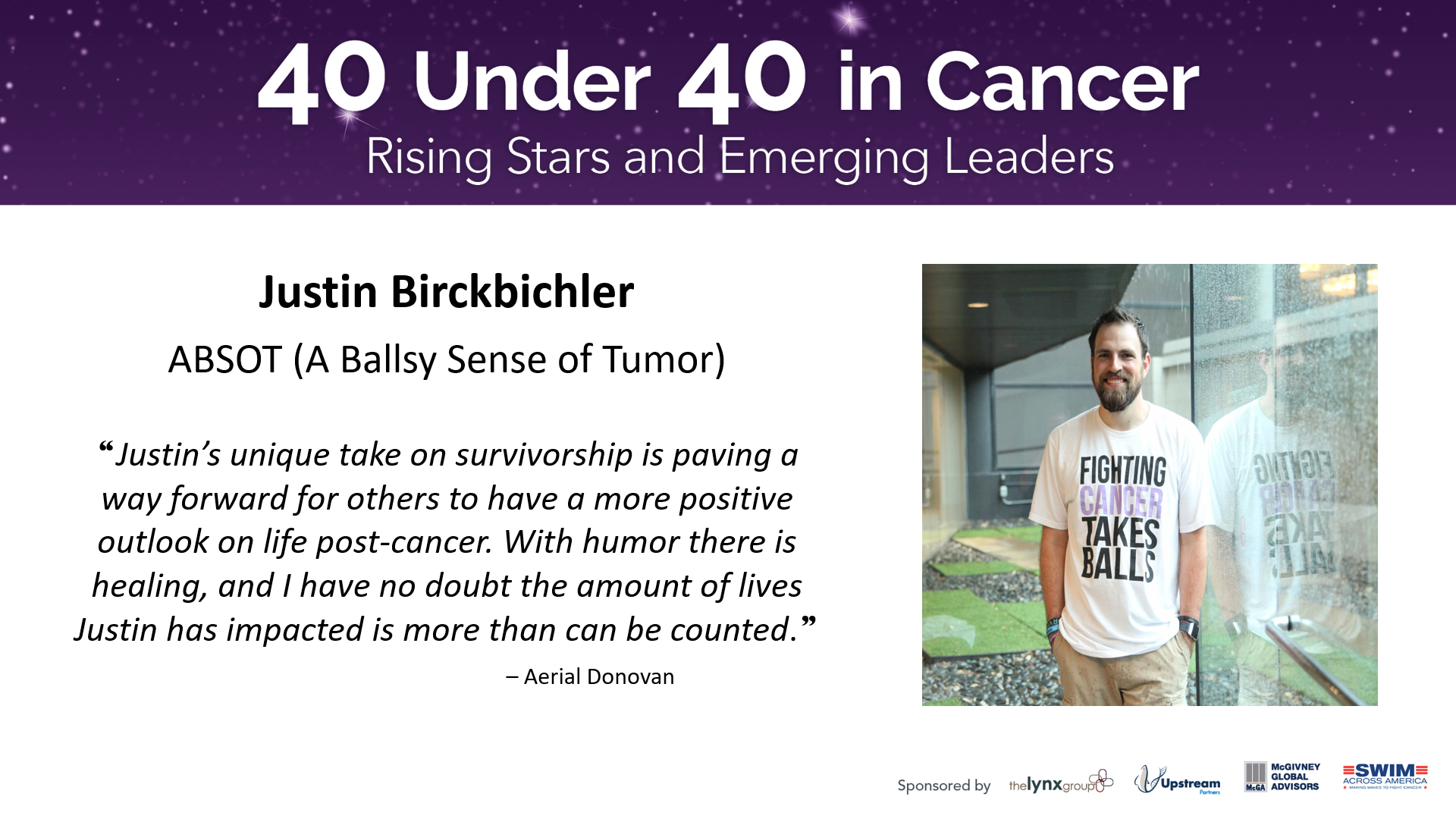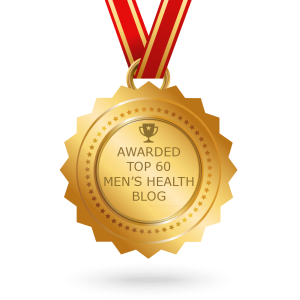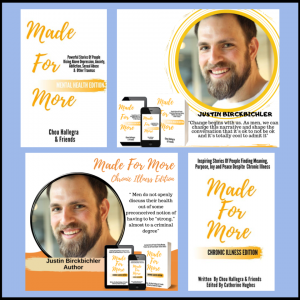In Which I Share My Experiences with the First Dose of The COVID-19 Vaccine
As an educator in Virginia, I was eligible to receive the COVID-19 vaccine in Virginia’s Phase 1b: Vaccinate Frontline Essential Workers, People Aged 65 years and Older, People Living in Correctional Facilities, Homeless Shelters and Migrant Labor Camps, and People aged 16 through 64 years with a High Risk Medical Condition or Disability that Increases Their Risk of Severe Illness from COVID-19. They really should just call it Phase 1b: VFEWPA65YAOPLICFHSAMLCAPA16T64YWAHRMCODTITROSIFCOVI-19. Although after typing that all out… maybe not.
That mouthful of a phase name suggests that I could also qualify under “People aged 16 through 64 years with a High Risk Medical Condition or Disability that Increases Their Risk of Severe Illness from COVID-19” as I pointed out in “My Own Risk for COVID-19,” I am not considered high risk due to my medical history. This is also backed up by the CDC, which states “Having cancer currently increases your risk of severe illness from COVID-19. At this time, it is not known whether having a history of cancer increases your risk.” Hence, I continue following mitigation strategies as recommended, but I just wanted to clarify that in Virginia, simply being a cancer survivor doesn’t put me in Phase 1b: VFEWPA65YAOPLICFHSAMLCAPA16T64YWAHRMCODTITROSIFCOVI-19. Yeah, that name still doesn’t work.
But I digress. As I said, I was offered the chance to get the COVID-19 vaccine and I decided to go for it.
My reasoning was two-fold. Fellow cancer survivor and co-star of “My Friend Has Cancer?!,” Andre Betts, put it best:
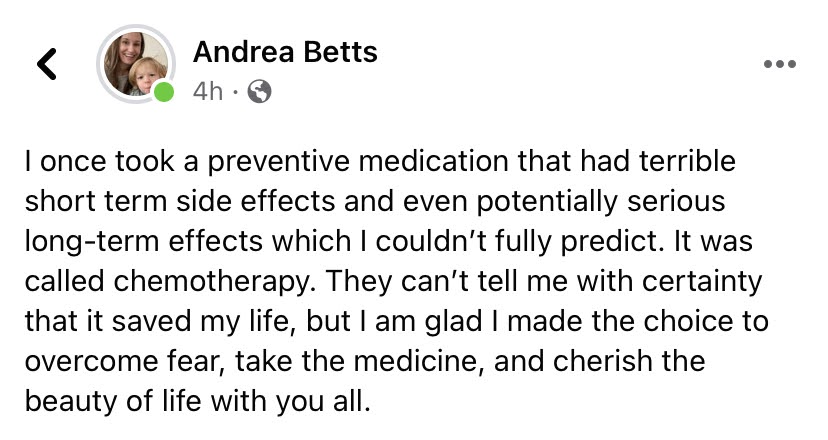
My second reasoning was less altruistic. I was secretly (okay, maybe not so secretly) hoping that the vaccine would give me superpowers and/or the secret government microchip that I have heard so much about would boost my home WiFi signal.
I was surprised how easy the COVID-19 vaccine process was.
Essentially, I registered online and showed up for the appointment. I did curbside check in and waited for a text letting me know I could come into the building. When I got the message, I had my temperature checked and signed a waiver. I waited in line for the actual shot, which I found out would be the Pfizer version. Since I have become a human pincushion over the past few years, I was pleasantly shocked how easy the actual injection was. I literally felt no pain whatsoever and didn’t even realize it was over until I got my official vaccination record… but no sticker.
After that, I went to another room to make my second shot appointment and waited for ten minutes for any immediate side effects. When those ten minutes concluded, I was free to go. It was literally twenty minutes from arrival to departure, including all waiting times. Your mileage may vary, but I thought Mary Washington Healthcare did an excellent job with their protocols.
Any side effects were minimal for me.
To be honest, I wasn’t too terribly worried about side effects from the COVID-19 vaccine, since throughout the course of my chemo treatment I experienced a whole lot of them, including vomiting, chemo brain, and more. At the very least, I figured nothing would be as bad as regrowing my white count from scratch.

Probably the biggest side effect I had was injection site soreness. That started the next morning, but was gone by the following day. I also felt tired, had a bit of a headache, and felt a little dizzy, but I also feel like that on a normal basis during the week since I am officially old.
For the record, I am writing this about 48 hours after the injection and will wait another 24 hours before publishing it just in case (and in hopes) of sprouting extra appendages.
Should you get the COVID-19 vaccine?
Honestly, that’s a personal call. I wanted to share my experience, but I would recommend it.
Invisibly recently surveyed 5,537 Americans using their Realtime Research™ tool to understand attitudes toward the COVID-19 vaccine, and learned that Americans are split on their willingness to take the vaccine. Attitudes towards the vaccine are also different among different ethnic groups and ages.
- 53% of people are likely to get the COVID-19 vaccine
- 47% of Black people are likely to get the vaccine
- 50% of Latinx people are likely to get the vaccine
- 52% of Other ethnicities are likely to get the vaccine
- 62% of White people are likely to get the vaccine
- 56% of Americans feel the vaccines are trustworthy
I do firmly believe that this is something that can really help turn the tide on this pandemic and I don’t regret getting it. In my opinion, I made the choice that is right for me and my loved ones, and I took time to read up on the vaccines before getting it.
I can understand why some ethnic groups are hesitant to get the COVID-19 vaccine. There is a long history of patients being victims of some unethical medical practices, “from the Tuskegee experiments — one of the most disturbing parts of American medical history — to the economic and cultural inequities in the U.S. healthcare system that disproportionately harm Black and Latinx communities.” That’s something that can’t be easily fixed. However, the people who skip the vaccine for unfounded reasons that have no merit or basis in research can take a seat.
I will also write another post in February when I get the second dose to update on the full process. If I don’t develop any superpowers by then, I will be extremely disappointed.
A self exam is how most cases of testicular cancer are detected early. Click the image for video directions or click here for a larger version
Want to work with Justin? Click here to learn more.
ABSOT is endorsed by the Laughter Arts and Sciences Foundation, a registered 501.c.3 charity. To make a tax-deductible contribution to help continue ABSOT's work with testicular cancer awareness and men's health, click the image below.

